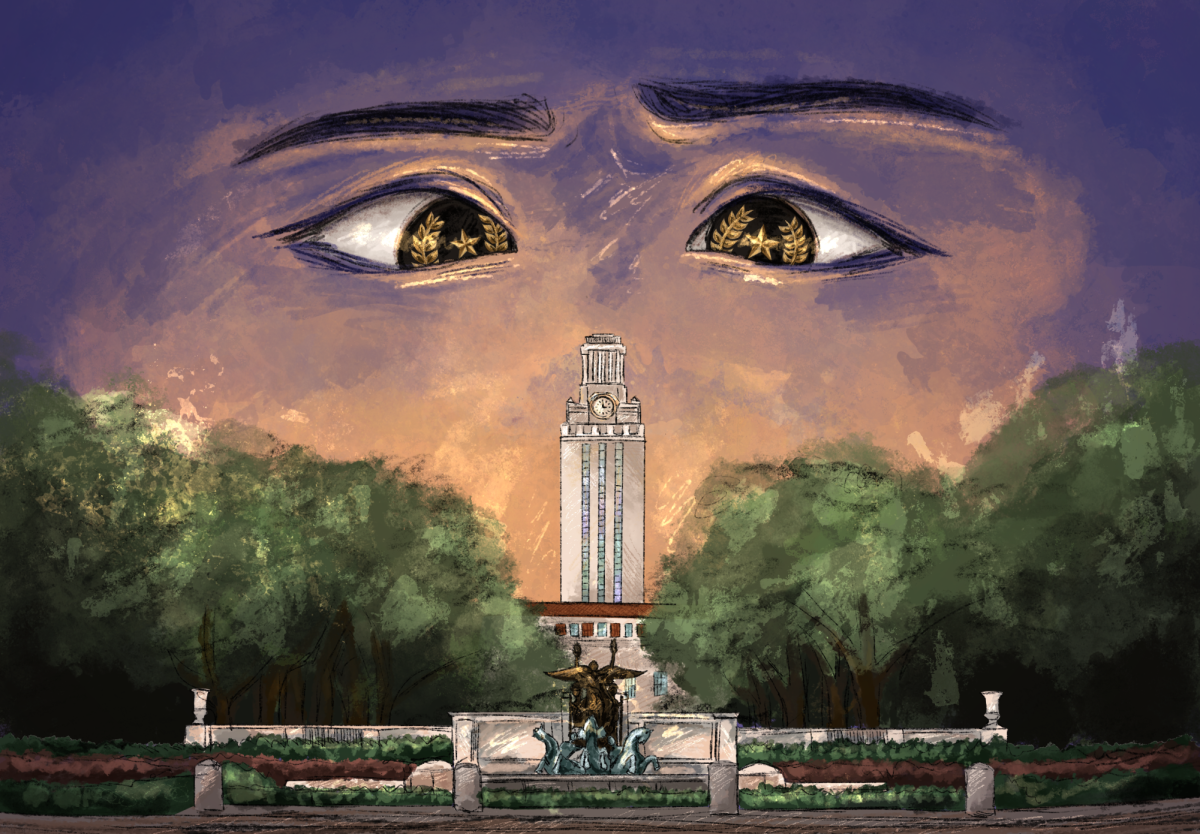DT: Why do you think gentrification is such a big problem in Austin specifically?
W: So, one thing to point out is that gentrification and displacement of vulnerable persons is by no means unique to Austin — that nationally, around the country, there are many cities, neighborhoods that are subject to the same pressures, driven by a demand for inner city living — folks no longer wanting to live in the suburbs, and both older, as well as younger, residents wanting to live closer to downtown and near the economic and cultural centers. This is not unique here, but there are some factors that make it such a significant issue in Austin, one being Austin’s long history of racial segregation and discrimination. Austin has many neighborhoods that were discriminated against for decades and those neighborhoods have historically lower housing values, and within that demand for people wanting to live in the city, those neighborhoods become the most vulnerable to development and displacement. So, there are these market pressures, but there is also this history there that’s important to recognize and be considerate of when thinking about different policy approaches.
DT: Who is most vulnerable to gentrification pressures?
W: Definitely persons of color; specifically African Americans, Hispanics, and low-income renters with children. We identified five different categories of demographic factors that make groups vulnerable to displacement: renters, persons of color, low-income households, lack of higher education and children. The more of these factors are combined, the more vulnerable these groups are to displacement.
DT: What are some ways gentrification can negatively impact minority communities?
W: Neighborhoods seeing rapid loss of African-American and Hispanic residents. Oftentimes those residents are pushed outside far outside the city and lose access to basic amenities such as public transportation, good schools and jobs. This further drives economic inequality. There’s also this loss of cultural richness that was been such an important part of Austin neighborhoods for the longest time. For those residents who are displaced, these people no longer feel like they’re at home.
DT: What did you and your colleagues conclude was the best solution for gentrification in Austin?
W: Ultimately, one of the best things we can do for the community is to invest in funding. Lay an acquisition, focus on housing preservation. It’s going to take millions of dollars to have a significant impact — funds that are going to be on the ballot in November. Hopefully, students are registering to vote and plan to get out to vote. The most important thing I can say is that there’s no one approach — we need a multi-faceted approach, and we need to back it up with financial support, and the general obligation bonds are a big step in the right direction for the city being able to have an impact on this issue.
DT: What was the most interesting thing you learned from this study?
W: When we first started getting together the maps to identify where gentrification was occurring, it was very disheartening, but when we started to look at the best practices from around the country and success stories and there were a lot of interesting and innovative approaches they were taking. This is a very challenging issue for cities around the country, and it doesn’t require one simple solution. I feel hopeful that while a city can by no means solve gentrification, we can make a significant impact.
Way is a clinical law professor at UT-Austin.
















